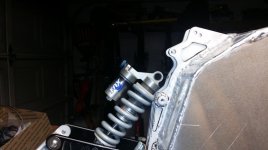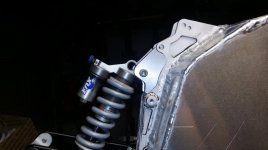spinningmagnets said:
Nearly everyone uses aluminum head tubes and bottom bracket tubes in their carbon frames, but very few people know that carbon reacts with aluminum [electrolysis] and degrades.
Expert advice, hard won over time and at great expense...
This information came at great expense to unknown thousands of early adopters of commercial carbon-plastic frames, starting more than 25 years ago. And, of course, it was also at great expense to whichever manufacturers chose to honor a warranty on that basis.
Getting the latest and greatest might be a good idea for batteries, Cycle Analysts, or the like. Structural materials are somewhat more mature tech, though, where novelty is more likely to be for marketing purposes than for the end user's clear benefit.
Since I've been geeking out on bikes, I've seen gee-whiz frame materials come and go: carbon fiber/epoxy, metal matrix composite, maraging steel, cast magnesium, welded magnesium, scandium aluminum alloy, bamboo-carbon, bamboo-hemp, carbon-linen/epoxy, carbon thermoplastic, 3/2.5 titanium, 6/4 titanium, commercially pure titanium, along with who knows how many others I've forgotten. The only novel ones that have clearly redeemed their cost and manufacturability issues have been normal 6000- and 7000-series aluminums and air-hardening steels. The others either bring negligible benefits, add significant cost, or both. At worst, they do both these things while simultaneously turning a durable item into a disposable one. That's what carbon fiber composite does.
A used carbon frame is like a used battery: It might be OK, or not. You can't really trust it because it was never trustworthy to begin with. By extension, a homemade carbon frame is like a homemade battery. The only reason you'd ever want one is because you made it yourself.










